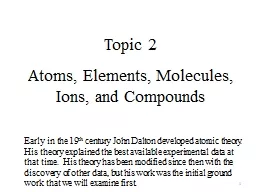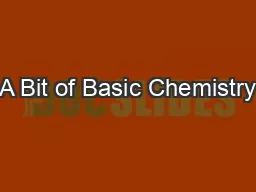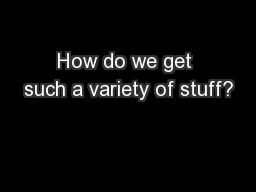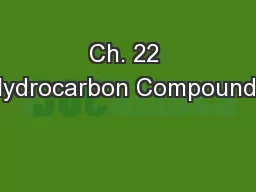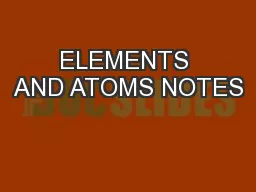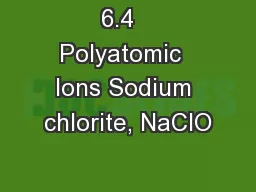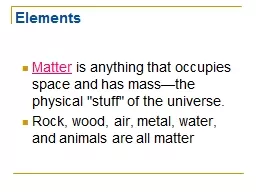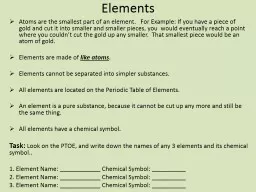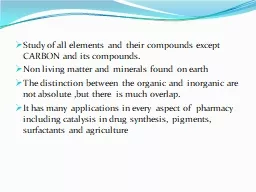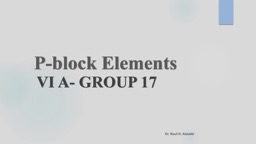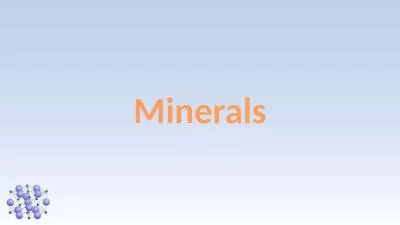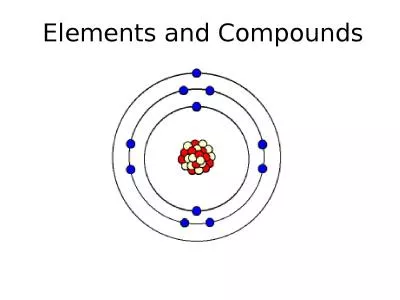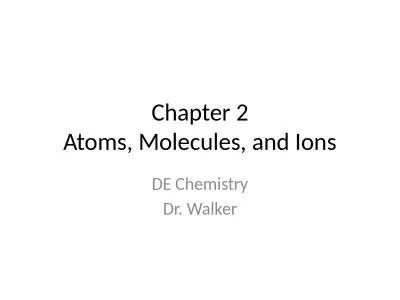PPT-1 Topic 2 Atoms, Elements, Molecules, Ions, and Compounds
Author : dandy | Published Date : 2022-02-16
Early in the 19 th century John Dalton developed atomic theory His theory explained the best available experimental data at that time His theory has been modified
Presentation Embed Code
Download Presentation
Download Presentation The PPT/PDF document "1 Topic 2 Atoms, Elements, Molecules, Io..." is the property of its rightful owner. Permission is granted to download and print the materials on this website for personal, non-commercial use only, and to display it on your personal computer provided you do not modify the materials and that you retain all copyright notices contained in the materials. By downloading content from our website, you accept the terms of this agreement.
1 Topic 2 Atoms, Elements, Molecules, Ions, and Compounds: Transcript
Download Rules Of Document
"1 Topic 2 Atoms, Elements, Molecules, Ions, and Compounds"The content belongs to its owner. You may download and print it for personal use, without modification, and keep all copyright notices. By downloading, you agree to these terms.
Related Documents

